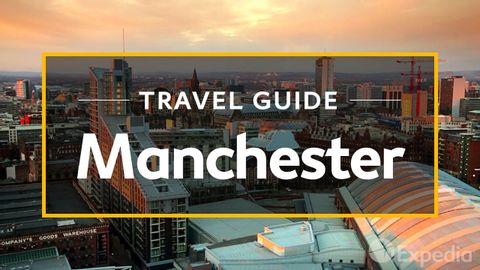
Subtitles & vocabulary
Manchester Vacation Travel Guide | Expedia
00
Eric Wang posted on 2017/09/04Save
Video vocabulary
incredible
US /ɪnˈkrɛdəbəl/
・
UK /ɪnˈkredəbl/
- Adjective
- Very good; amazing
- Really good; amazing; great
A2TOEIC
More acquire
US /əˈkwaɪr/
・
UK /ə'kwaɪə(r)/
- Transitive Verb
- To get or earn something by thinking or working
- To develop or learn a skill, habit, or quality.
A2TOEIC
More crush
US /krʌʃ/
・
UK /krʌʃ/
- Noun
- Strong attraction to someone
- Transitive Verb
- To break something into small pieces by pressing
- To defeat someone or something (in a game)
B1TOEIC
More elite
US /iˈliːt/
・
UK /iˈliːt/
- Noun (Countable/Uncountable)
- The richest, most powerful, best-educated, or best-trained group in a society
- A person of the elite class.
- Adjective
- Belonging to the richest, most powerful, best-educated, or best-trained group in a society
B2
More Use Energy
Unlock All Vocabulary
Unlock pronunciation, explanations, and filters
